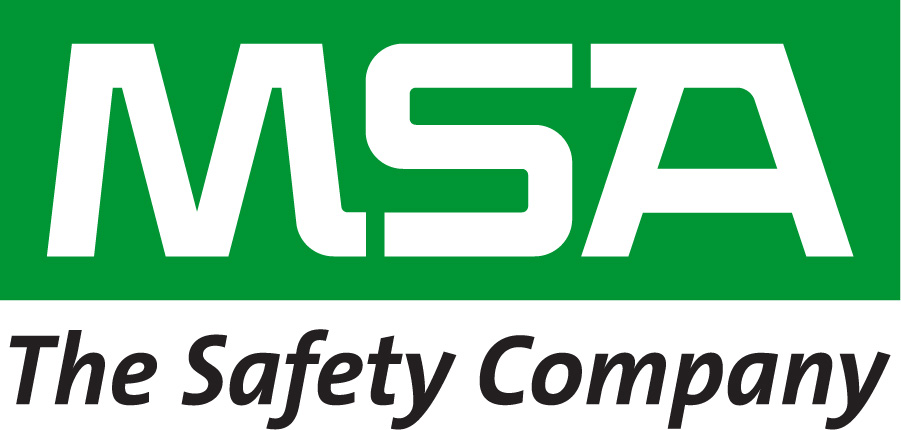Sponsored by:
 &
& 


Falling from heights remains one of the most common causes of workplace fatalities in the United States. According to the Bureau of Labor Statistics, of 1,008 deaths in construction in a recent year, 320 were due to falls from heights.
In spite of all other efforts to protect workers, the proper use and selection of fall protection continues to be a struggle for many organizations.
To develop an effective fall protection strategy for their organization, safety professionals can rely on the ANSI/ASSP Z359 Fall Protection and Fall Restraint standards, which identify the best and most current methodologies for organizations to follow when developing fall protection programs.
Join us on July 23 for a free webinar that will help you determine whether your company has the best fall protection for your applications and will help you answer some of the most important issues you face. Presenter Kathleen Dobson, will highlight strategies for establishing a comprehensive managed fall protection program and will focus on practical approaches for fall protection.
After attending this webinar, you will be able to:
- Recognize the hierarchy of controls for fall protection;
- Identify key components of the Z359 standards;
- Implement practical solutions to leading edge applications for fall protection;
- Work with fall protection manufacturers to get testing data; and
- Work with small businesses and subcontractors to assure they are compliant with fall protection requirements.
Can’t attend live? That’s OK! Register now, and watch on-demand later.
This webinar may qualify for 0.15 Recertification Points for CSPs, CHSTs, OHSTs, 1 CMP credit for CHMMs, and eligible for CM credits for CIHs who attend. Professional Development Hours (PDHs) or Continuing Education Credits/Units (CECs/CEUs) may also be available for EHS managers participating in this webinar (please note that webinar participants are responsible for exploring their accrediting agency requirements to have their educational credits approved for credit)
